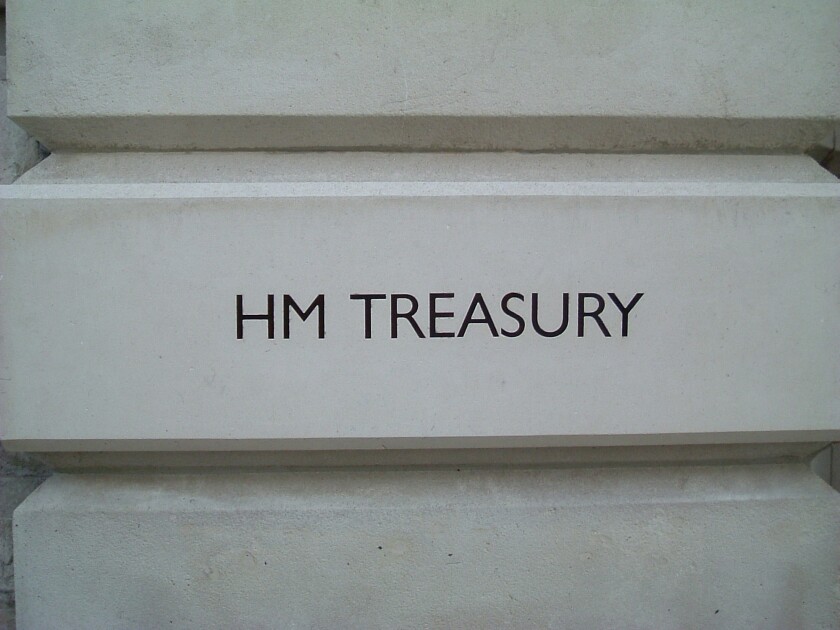The UK government is about to make its spring budget announcement on Wednesday, March 15, but many critics continue to call for tax cuts on the grounds that the country’s tax burden is at its highest point in 70 years. But this claim is very misleading.
It’s not that UK taxpayers don’t face considerable pressure today, it’s that tax rates have been higher in the past and that the recent claim about record levels doesn’t really reflect the changes to the tax system over several decades.
Corporate tax is set to rise from 19% to 25% in April (unless Chancellor Jeremy Hunt pulls a shocking U-turn on Wednesday), but this will still be a historic low point for UK corporate tax. Nevertheless, the idea that the tax burden is at its highest in several decades is a powerful soundbite.
The phrase ‘tax burden’ is a judgement call, not a technical fact about rates, while the 70 years claim really refers to tax in relation to GDP and not tax rates per se. This memorable claim can be traced back to the Office of Budget Responsibility (OBR) and the pressure group the TaxPayers’ Alliance.
According to the OBR data, the share of GDP extracted in UK tax was projected to rise from 33.8% to 34.2% in 2021-22 – the highest in over 50 years. The TaxPayers’ Alliance took the OBR data in February 2021 and promoted its analysis that the average tax level is the highest in 70 years.
Tax as a share of nominal GDP in the UK was 35% in 1969-70 and is projected to be the same in 2025-26, according to the OBR. Total receipts were forecast to rise to 38% of GDP in 2022-23. So it would be fair to say this share of GDP may be the highest in decades, but this is a different claim to saying this is the ‘highest tax burden’.
It’s become a common talking point. Conservative and Labour politicians have repeated it as a reason why they should be cautious about tax hikes, especially to corporate tax. But it doesn’t really tell us much about the state of UK tax.
Race to the bottom
What’s missing from the GDP picture is how taxes are levied and administered over the decades. Headline corporate tax rates (really maximum rates) have been falling since the 1980s after reaching their height in the 70s.
The UK did not even levy corporate tax until 1965, just as it only introduced VAT in 1973 as part of the country’s bid to join the European Economic Community. Before these changes the UK taxed companies as individuals with an additional profits levy, while consumption was taxed via a purchase tax.
When corporate tax was introduced, the top rate was set at 40%. This was increased to 45% in 1969 and later to 52% in 1973. Then VAT was imposed at 33.3% that same year.
Corporate tax remained at 50% or more until 1983, but the Margaret Thatcher government gradually reduced it to 35% by 1990. It stayed at 35% until 2010, when planned reductions cut the rate to 28%.
These are just headline rates. It’s harder to pin down the effective corporate rates because each company will pay an amount according to the law and their tax arrangements. Arguably the serious tax burden is on compliance and documentation given the complexity of the system.
Of course, the average person pays 20 to 40% in income tax, plus national insurance (NI) and 20% VAT on most items they buy. Most UK tax revenue comes from income tax, NI and VAT. So, you could argue individuals do face a significant tax burden.
This is different to the kind of burden on companies. Corporate tax is 19%, the lowest rate of any G7 nation, while the increase to 25% would put the UK slightly above the OECD average of 23%.
Income tax, NI and VAT combined generated £529 billion ($638 billion) in 2021-22, while corporate tax raised £68 billion, and capital taxes and business rates brought in £82 billion altogether. These figures have had some tax experts worried that the UK tax base may be too narrow.
Some experts warned against the plan to cut corporate tax to 17% under Prime Minister Theresa May because they feared it would further constrict the country’s tax base. A slightly higher corporate rate seemed like a reasonable cost of doing business.
Also, there may be diminishing returns from tax cuts once rates fall below a certain level. It’s often forgotten that the tax cuts of the 1980s were bigger than the reduction we’ve seen since 2010 – going from 52% to 35% is more relief for businesses than going from 28% to 19%.
The UK is set to introduce the 25% threshold, and this six percentage points increase is still the biggest single rise of UK corporate tax in 50 years. However, this is also because we have had downward rate changes for the past four decades.
Many companies will see their effective rates increase as a result, but the Treasury may be about to offer them a raft of capital allowances to give them more breathing room. In other words, this higher corporate tax rate won’t come into force without other opportunities.











